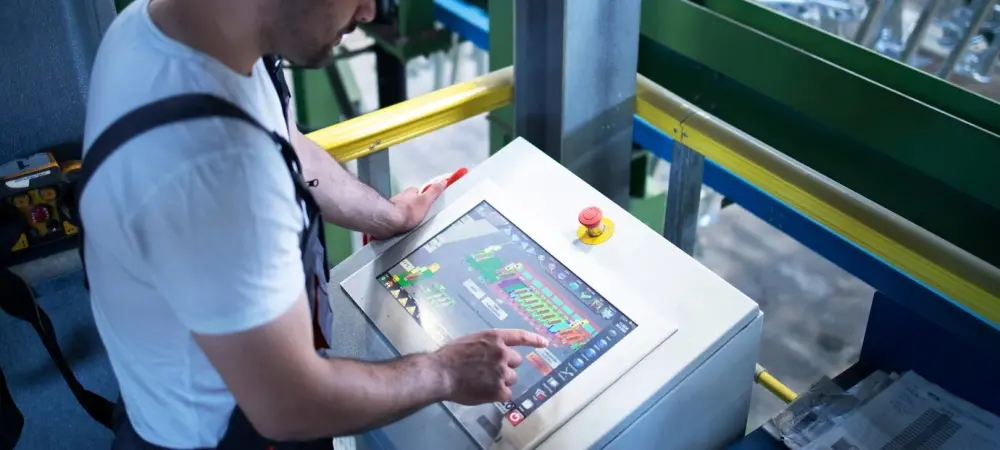The landscape of manufacturing has evolved dramatically over recent years, confronting companies with myriad challenges such as supply chain disruptions, regulatory compliance, and cost management. These challenges have been exacerbated by global events and economic pressures, prompting many manufacturers to look toward software solutions for assistance. Understanding the distinct types of manufacturing processes—discrete and batch—is crucial in leveraging technology effectively. By doing so, manufacturers can not only overcome challenges but also enhance operational efficiency and adaptability. This guide explores best practices for integrating software in manufacturing and provides actionable insights.
Importance of Adopting Best Practices
Incorporating best practices is vital to optimizing manufacturing operations, enabling companies to navigate complexities with agility. By adopting streamlined processes, manufacturers can achieve heightened efficiency, reduce costs, and ensure compliance with evolving regulations. Best practices also provide a framework for consistent quality control, which is crucial for maintaining customer satisfaction and a competitive edge. Furthermore, they facilitate smoother integration of new technologies, such as advanced software solutions, which are essential for modern manufacturing landscapes.
Breakdown of Best Practices
Leveraging Real-Time Data Analytics
Real-time data analytics has emerged as a cornerstone technology in the manufacturing sector, offering profound improvements in decision-making and operational efficiency. By taking advantage of real-time insights, manufacturers are able to better predict trends, optimize resource allocation, and swiftly respond to issues before they escalate. For example, a real-time analytics system implemented in an automotive manufacturing plant transformed workflows by identifying production bottlenecks, consequently streamlining the assembly line and improving overall production output.
Enhancing Supply Chain Resilience
Supply chain stability is paramount in maintaining production continuity and mitigating risk. Through the use of software tools, it is possible to establish a more resilient supply chain. Predictive analytics play a crucial role here, providing foresight into potential disruptions, which in turn allows for proactive measures to be taken. Take, for instance, the introduction of predictive analytics in a supply chain management system. This approach enabled manufacturers to anticipate disruptions caused by global events, allowing them to adjust procurement strategies and maintain steady production flows.
Conclusion
Exploring transformative software solutions has unveiled the importance of recognizing the unique needs of different manufacturing processes—whether discrete or batch. Manufacturers who embraced real-time analytics and enhanced supply chain resilience found themselves more equipped to handle market demands and operational hurdles. Industry sectors, particularly those that face intricate regulatory environments and supply chain unpredictability, stand to gain significantly from these adaptable technologies. Moving forward, manufacturers should consider the integration of specialized, scalable software solutions as an essential step to maintain competitiveness and ensure sustainable growth.

